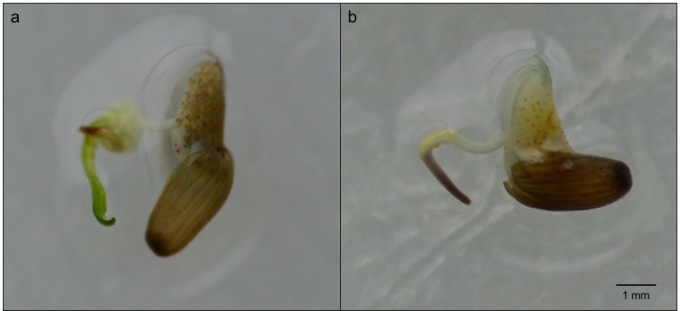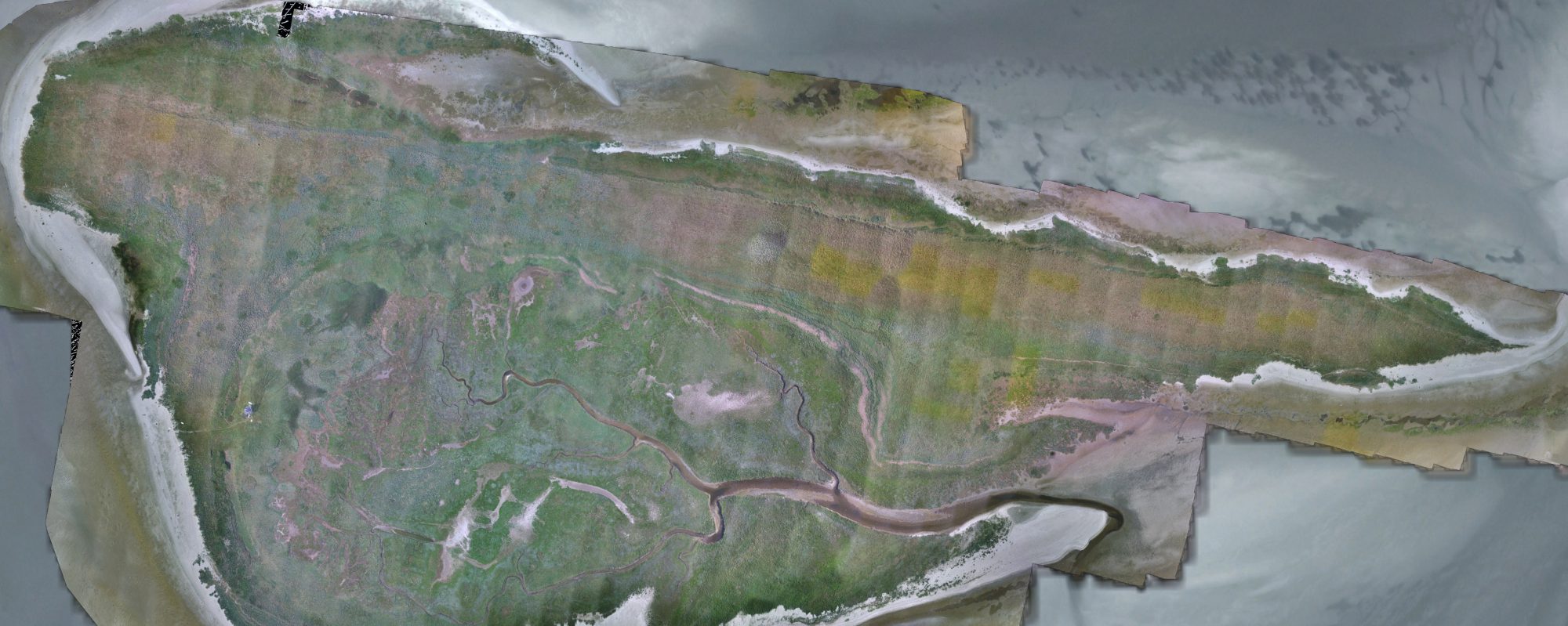We have discovered a method to treat seagrass seed used for restoration against water mold (Phytophthora species). Our previous research showed that these water molds, which are related to potato blight, can infect seagrass seeds and thereby limit seed germination. Infection by these aquatic pseudo-fungi and related seed loss has important consequences for worldwide seagrass restoration. Today, we publish a method to successfully treat eelgrass seeds (Zostera marina) for water mold infection and thus to improve seagrass restoration in Scientific Reports.

Seagrass restoration
Seagrass beds are among the most rapid disappearing ecosystems in the world with a yearly loss rate of about 7%. To halt and revert these losses, there are many attempts to restore these underwater meadows all across the globe. Seagrass beds promote biodiversity and contribute to coastal protection by wave attenuation and formation of anti-erosional mats. We are currently investigating the potential for seagrass restoration in the Dutch Wadden Sea and Delta (Grevelingen). Restoration projects worldwide use a suite of techniques including planting shoots or seedlings, transplantations of sods or using seeds. The latter method is becoming increasingly popular as this method enables cost-effective large-scale restoration and allows for maintaining high genetic diversity. However, infection by water molds (Phytophthora and Halophytophthora species) was still limiting seed-based restoration success due to high seed losses. That’s why we developed a method to treat seeds that are stored overwinter for restoration purposes.
Copper is the key to…
We are happy to report that we have found a successful disinfection method. We tried to different treatments: using copper sulfate in different concentrations and salinity treatments. Copper sulfate is also used in aquaria to treat fungal infections of fish and copper-compounds are also being used in agriculture (incl. organic) to treat water mold. Copper sulfate was indeed very effective, reducing infection with 86% already at concentrations as low as 0.2 ppm. Although overdosing of copper-containing fungicides is a serious problem in agriculture, the concentrations that we used are also found in potable water flowing through copper water pipes and are 25,000 x lower than concentrations generally found in agriculture. This method is currently applied to treat seeds that are currently stored and will be seeded in spring. Through this, we hope to reduced seed loss due to infection with about 40%, hopefully improving seagrass restoration success.
Read the full publication here
